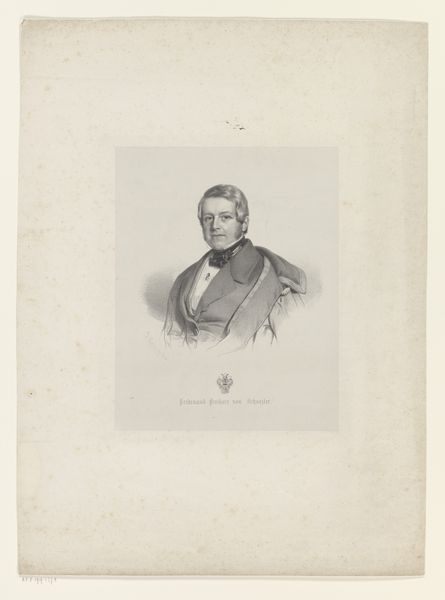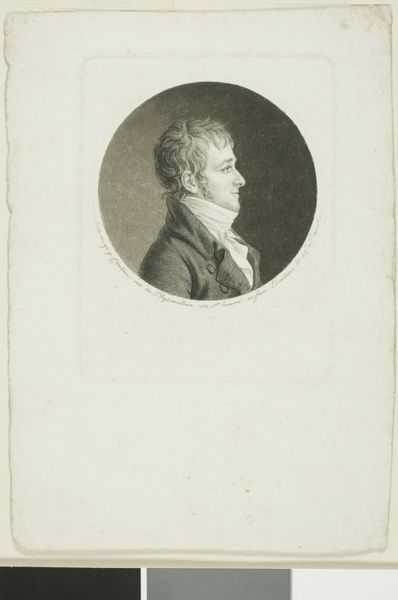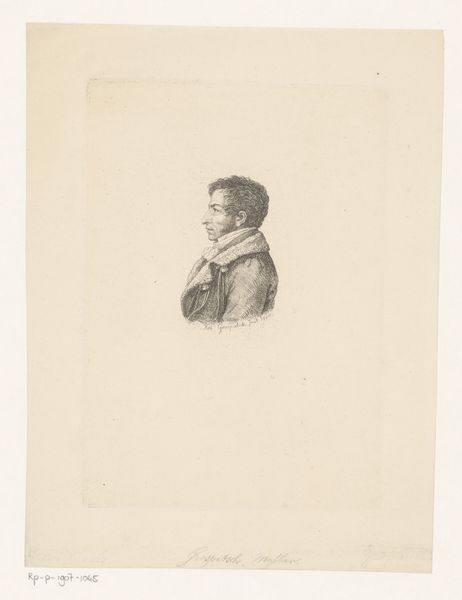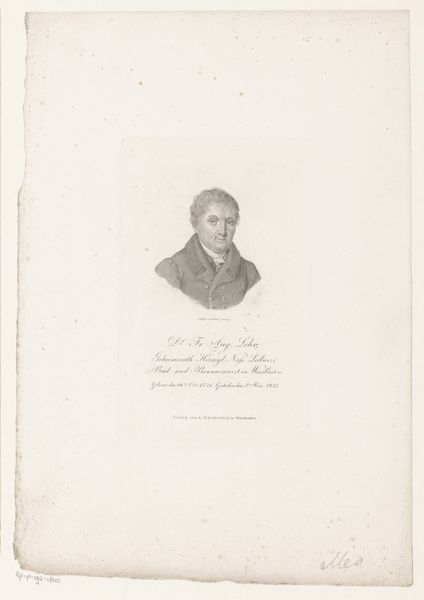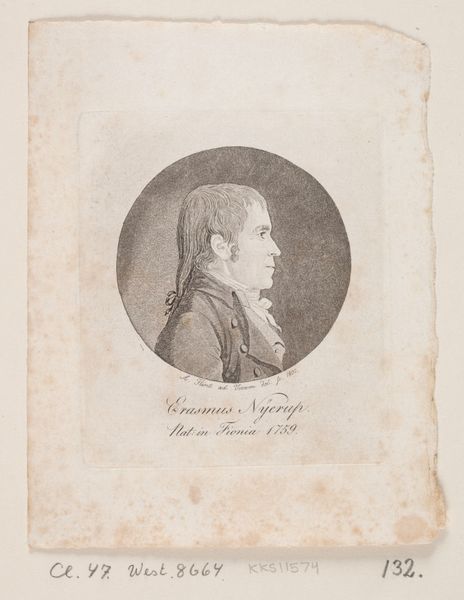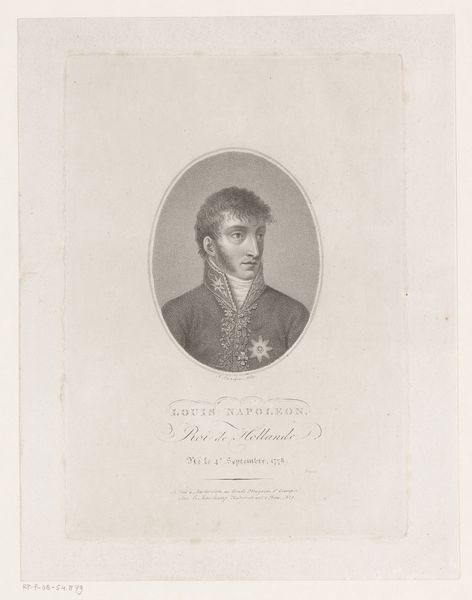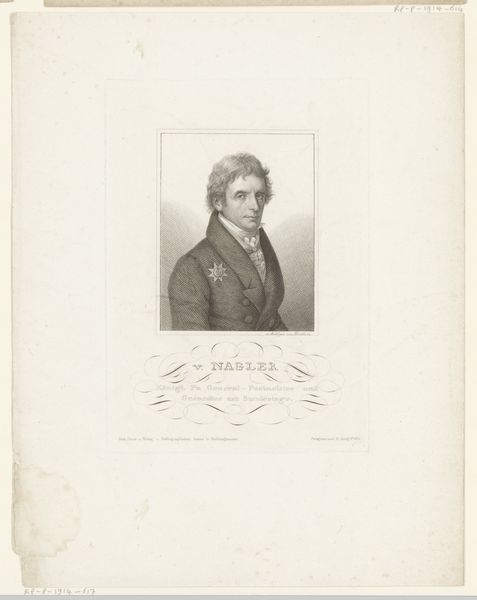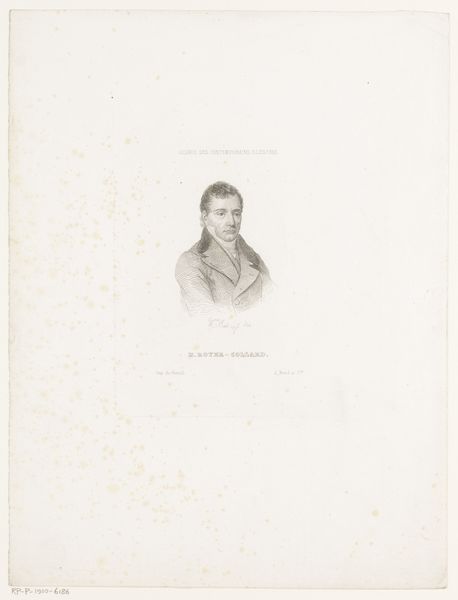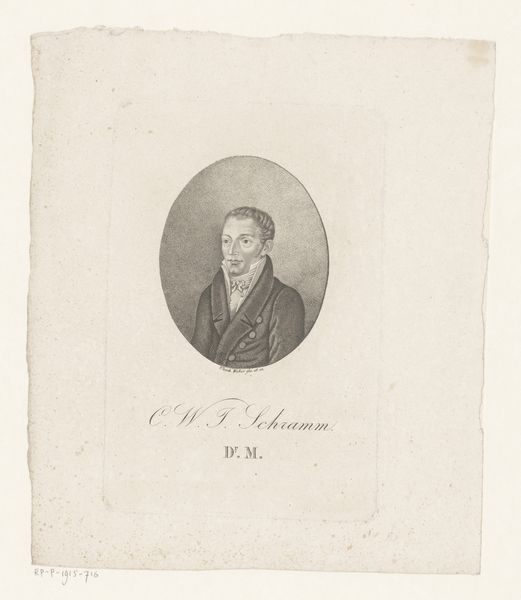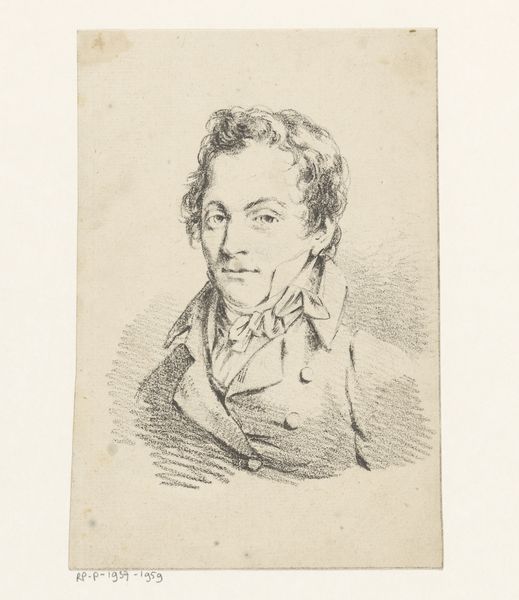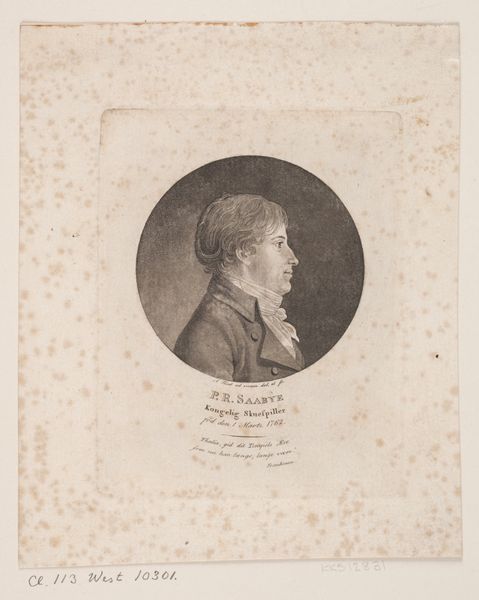
drawing, print, pencil, engraving
#
portrait
#
drawing
#
neoclacissism
# print
#
pencil
#
engraving
Dimensions: 132 mm (height) x 106 mm (width) (plademaal)
Editor: This is "Lieutenant Ole Christian Lange," a pencil and engraving portrait made sometime between 1812 and 1816 by J.F. Clemens. It's a very precise and somewhat stoic image of a military man, isn't it? What kind of impact do you think images like these had back then? Curator: It's compelling how you're drawn to its precision. I think its power resides not just in its likeness, but in its symbolism. Consider the uniform – a deliberate signal of rank and duty, intended to project authority and invoke a sense of national pride. These were critical cultural touchstones, especially during the Napoleonic era when national identities were constantly being tested on the battlefield. How does it speak to you in relation to ideas about nationhood? Editor: I see what you mean. The uniform isn’t just clothing; it's a statement of belonging, but his face doesn't reflect much emotion. Curator: Precisely! Clemens masterfully manipulates this tension between outward presentation and inner character. Think about the tradition of portraiture itself, evolving from emblems of power to symbols of individual worth. Can we see hints of both eras represented here? The oval frame, for example, suggests a continuation of classical motifs intended to suggest permanence and virtue. Editor: So it’s not just a picture, but a collection of symbols talking to each other across time. That makes me wonder, would people viewing this at the time have seen this portrait primarily as a work of art, or more as propaganda? Curator: An excellent question! The lines, then, were far blurrier than now. The engraving medium makes it more accessible to a wider public. Its very accessibility gave it power, blending artistic expression and statecraft together in service of constructing a cultural narrative of heroism and sacrifice. Editor: This gives me so much more to consider. Thank you! Curator: My pleasure. I now notice how images can simultaneously document and actively shape historical perception. It deepens the resonance significantly, doesn’t it?
Comments
No comments
Be the first to comment and join the conversation on the ultimate creative platform.
